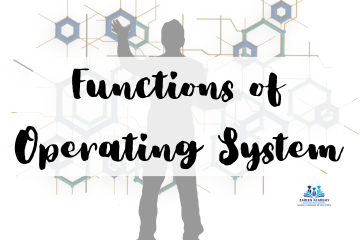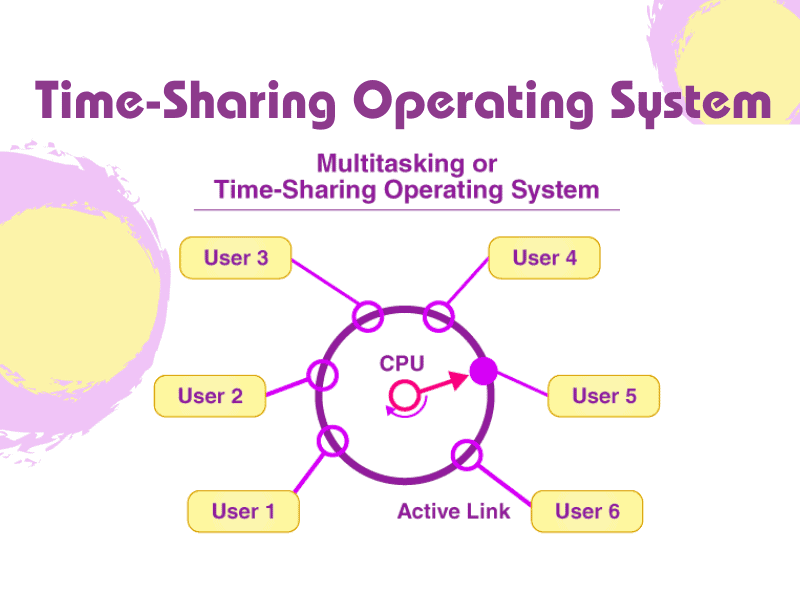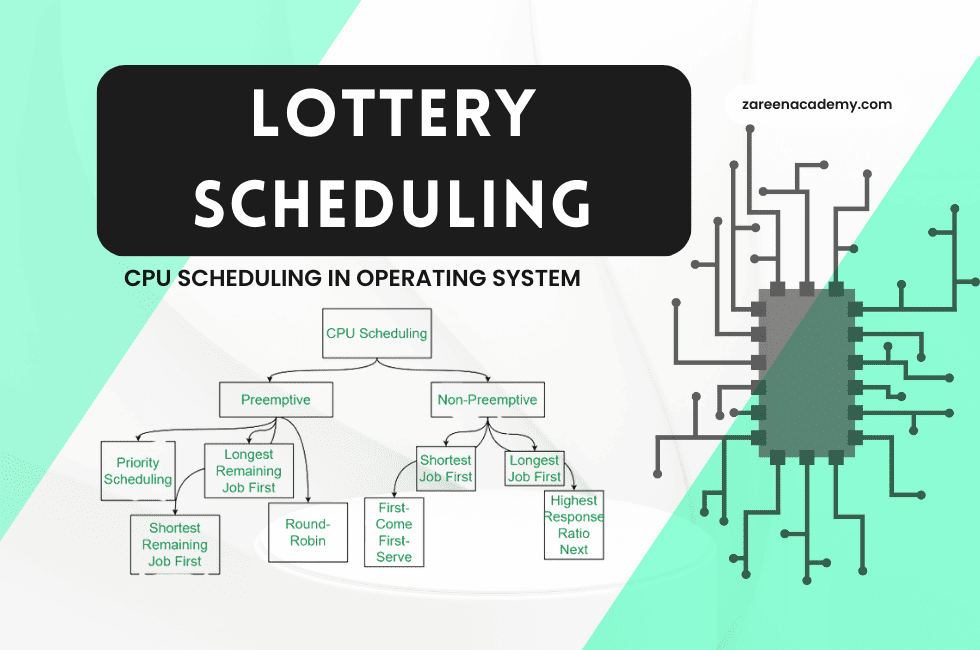Multiprogramming Operating Systems:
In the realm of operating systems, multiprogramming stands as a significant advancement that revolutionized the efficiency and utilization of computer resources. Multiprogramming operating systems enable the execution of multiple programs concurrently, harnessing the power of modern computers to enhance productivity and throughput. By efficiently managing resources and allowing overlapping execution, multiprogramming has become a fundamental concept in modern computing.
The concept of multiprogramming emerged in the 1960s as a response to the increasing demand for efficient resource utilization. Traditional operating systems executed programs sequentially, one after another, resulting in underutilization of computing resources. Multi-programming addressed this issue by allowing multiple programs to reside in main memory simultaneously and executing them concurrently.
The core principle behind MOS is the concept of context switching. A context switch occurs when the operating system pauses the execution of one program and switches to another. By rapidly switching between programs, the operating system provides the illusion of simultaneous execution. Context switching involves saving the current state of the program, including the values of registers and program counters, and restoring the state of the next program to be executed.
Multiprogramming operating systems offer several notable benefits:
1. Increased CPU Utilization: One of the primary advantages of multi-programming is improved CPU utilization. By allowing multiple programs to run concurrently, the CPU is kept busy executing instructions from different programs. This leads to increased overall throughput and efficient utilization of computing resources.
2. Reduced Waiting Time: Multi-programming significantly reduces waiting time for users. With the ability to execute multiple programs simultaneously, users experience shorter response times as they can initiate new tasks while others are still running. This results in enhanced user satisfaction and improved productivity.
3. Efficient Resource Allocation: Multi-programming optimizes the allocation of system resources. It allows the operating system to allocate memory, CPU time, and other resources dynamically among different programs based on their needs. This dynamic allocation ensures that resources are efficiently utilized, minimizing wastage and maximizing system performance.
4. Parallelism and Concurrency: Multi-programming enables parallelism and concurrency by executing multiple programs at the same time. This is particularly beneficial in modern multi-core systems, where each core can execute a different program concurrently. Parallel execution leads to faster completion of tasks and enhanced overall system performance.
5. Improved System Throughput: By allowing multiple programs to execute concurrently, multi-programming increases the system’s overall throughput. This is especially advantageous in environments where multiple users are submitting tasks simultaneously, such as in a server or a time-sharing system.
Several notable multi-programming operating systems have made their mark in computing history:
1. IBM OS/360: Introduced in the mid-1960s, IBM OS/360 was one of the earliest multi-programming operating systems. It offered support for concurrent execution of multiple jobs, allowing efficient utilization of IBM’s mainframe systems.
2. Unix: Unix, developed in the 1970s, embraced the principles of multi-programming and introduced innovative features such as time-sharing and multitasking. Unix’s design philosophy, focused on modularity and scalability, laid the foundation for many modern operating systems.
3. Windows: Starting with Windows 3.0 in the early 1990s, Microsoft’s Windows operating systems adopted multi-programming techniques. Windows enables concurrent execution of multiple graphical applications, providing users with a seamless multitasking experience.
4. Linux: Linux, an open-source operating system, fully embraces multi-programming and multitasking. It supports concurrent execution of multiple processes and threads, leveraging the power of modern hardware architectures.
In conclusion, multi-programming operating systems have played a crucial role in enhancing efficiency and resource utilization in modern computing. By allowing concurrent execution of multiple programs, these operating systems optimize CPU utilization, reduce waiting time, and improve overall system throughput. The evolution of multi-programming has laid the foundation for today’s multitasking and parallel computing environments, enabling us to harness the full potential of modern computer systems. Stay connected with zareenacademy.com.



0 Comments